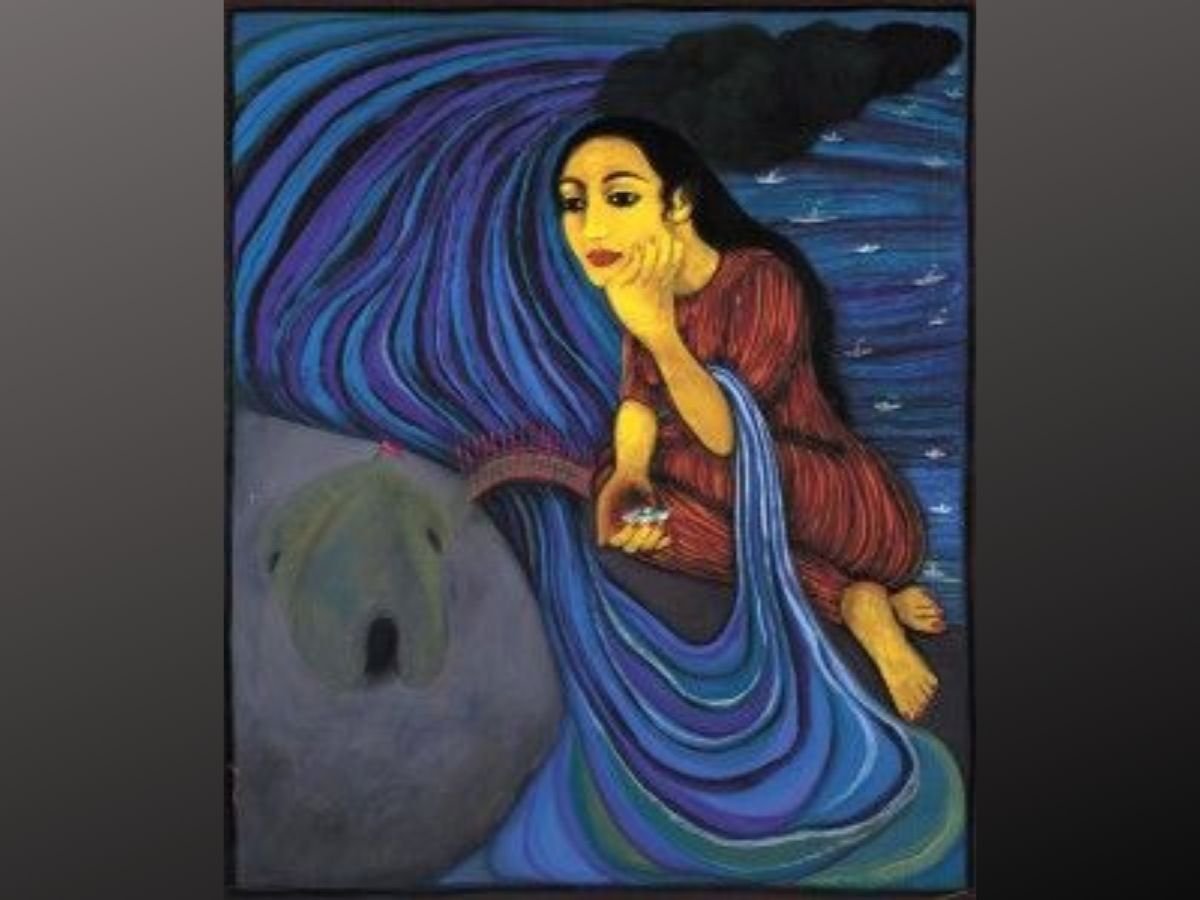A new study denotes that the unforeseen and record-breaking weather events can be linked to global warming caused by humans. This suggests that man-made global warming is particularly to blame for heat waves, as well as droughts and downpours experienced around the world.
The leader author of this recently-conducted study is Noah Diffenbaugh, a climate scientist who works at Stanford University. In relation to the findings of the study, Diffenbaugh has stated that, “Our results suggest that the world isn’t quite at the point where every record hot event has a detectable human fingerprint, but we are getting close.”
This study is a major mark in the field as it is the first research to particularly observe and examine the link between record weather events that have taken place over the past several decades and climate change. Diffenbaugh and his crew arrived at the conclusion that there was a generally undeniable sign of global warming in more than 80% of the heat records included in the study—which looked at both record hot days and months.
Climate change caused by human actions—also known as global warming—is a consequence of the excessive burning of fossil fuels such as gas, coal and oil, which release greenhouses gasses, most notably carbon dioxide, into the atmosphere. The superfluous carbon dioxide prompts the increase in the temperatures of both the atmosphere and the oceans; this then enables the atmosphere to hold more water vapor, which can provide storms with additional fuel, and results in the rise of global sea levels.
In his study, Diffenbaugh also discovered that record-breaking extremes of precipitation—meaning droughts and downpours—can potentially be related to global warming, but the evidence to back this is not as strong or numerous. The lack of support for this is explained by the fact that for the wettest and driest events, human impact on the atmosphere has augmented the chances by roughly half in the region, as observed in the locations that have solid data. In these areas, “the odds of the extremes are greater with global warming than without it,” he stated. “One of the clearest signals that we do see is an increase in the odds of extreme dry events in the tropics,” Diffenbaugh added.
The study additionally proved that in terms of the record low of the Arctic sea ice in 2012, “it would have been extremely unlikely to achieve the record low sea ice extent without global warming,” according to Diffenbaugh.
This research represents merely one more in the growing field of extreme weather attribution.
Following a record heat wave, harsh drought or deadly flood, questions are naturally invoked regarding whether human-prompted climate change was a key factor. Extreme event attribution informs the population of the extent to which the acclaim or threat of an event (or type of events) should be ascribed to global warming and the extent to which it should be credited to natural weather patterns or chance climate variability, according to the National Oceanic and Atmospheric Administration.
Previously, scientists tended to refrain from identifying the relationship between individual weather events and climate change, asserting that the difficulties involved with separating human influence from the natural variability of weather. However, this stance of the scientific community is changing.
“Over the past decade, there’s been an explosion of research, to the point that we are seeing results released within a few weeks of a major event,” explained Diffenbaugh.
Columbia University climate scientist Adam Sobel, who was not involved with this study, called it “a step forward in that it allows general statements about what fraction of events of the given types selected have a statistically significant” human influence.
The procedures and techniques utilized in the study referenced, which was published in the peer-reviewed journal the Proceedings of the National Academy of Sciences, could also be used to look forward at the forecasted records in a warming climate, not just at past records.
Featured Image via Wikimedia.












































